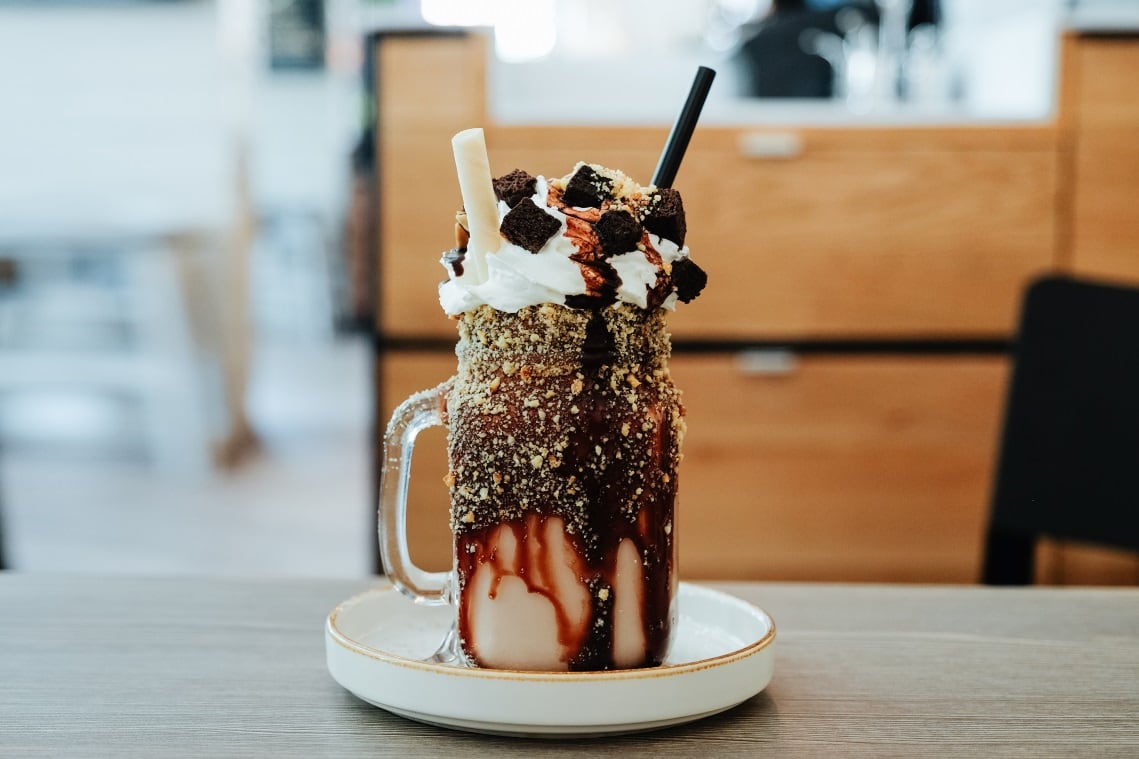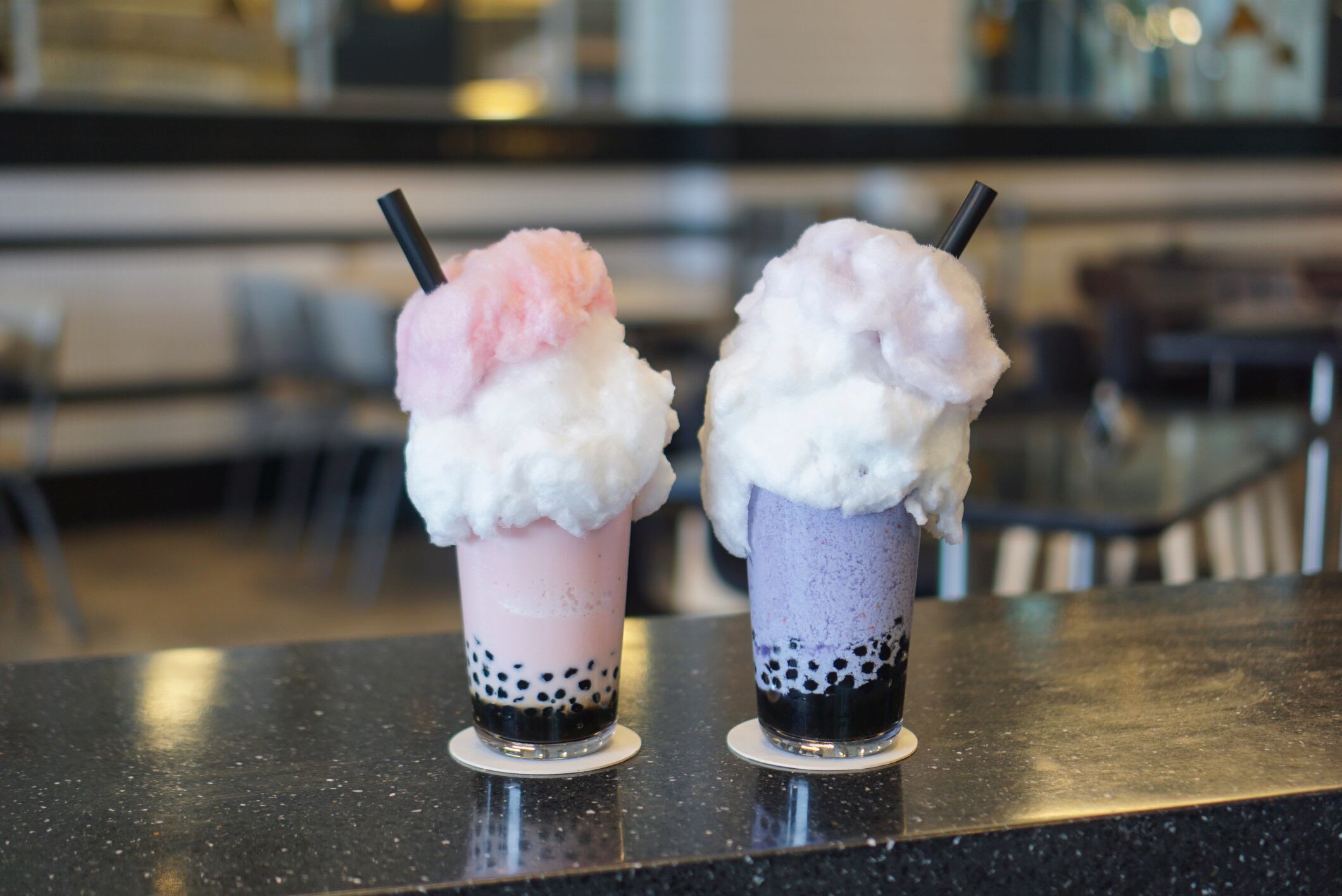FrieslandCampina Ingredients Food & Beverages’ first trend report leverages the company’s own global expertise, combined with external market research and listening research commissioned by the group to develop ‘comprehensive insight’ into key industry trends.
“We were keen to combine the vast knowledge of all our experts worldwide and distil their observations in their own local markets into insights that our customers can leverage to get ahead of the market and competition in their own specific region,” Anneke van de Geijn, global marketing director explained.
The process identified three key themes, which the company termed ‘experiences engaging all senses’; ‘conscious indulgence’; and ‘personalise it yourself conveniently’.
But the ingredient supplier wanted to go a step further. “What we realised once we had identified the three latest global trends was that there was no overall view of where these trends will take food and beverage manufacturers, and how they can get ahead of the curve,” van de Geijn explained.
Enter what the company calls its ‘listening study’. FrieslandCampina Ingredients Food & Beverages collected ‘currently trending chatter and discussions happening in the digital space’ to gain insights into ‘consumer likes, dislikes, needs and desires’.
“We accessed publicly available online data points such as social media posts, news articles and blog posts based on search queries around the topics we want to listen to.”
The ingredient supplier took data from 352,900 publicly available online data points.
Multi-sensory engagement
The aim is that the trends identified could be translated into actionable insight to meet the needs of global consumers.
The company identified that today’s consumers crave multi-sensory experiences - but what does this look like in a finished product?

van de Geijn elaborated: “They want food and drink that looks and tastes great, of course, but add in an appealing and innovative smell, texture and even sound. Think the bubbling of a luxury cappuccino foam or the crackling of an indulgent chocolate cookie and you create something truly unique.”
Looks are important too: “Today’s consumers love to share their experiences online via blogs, social media and apps, so producing instantly ‘Instagrammable’ food and drinks has become a must for the industry, allowing new concepts to transcend borders at a click. For today’s consumers, food and drink is about more than simply satisfying a basic need, it’s an expression of lifestyle.”
She believes that this is ‘spicing things up’ and the consequence is a blurring of categories resulting in ‘a fusion of experiences’. Desserts become drinks, snacks become meals, etcetera.
FrieslandCampina Ingredients Food & Beverages product developers were able to use its ingredients to show how this might play out on shelf. “Examples include a magical fusion of cotton candy and milk tea resulting in an irresistible fluffy pink cloud and choco fudge brownie drink, an indulgent, devilishly delicious chocolate brownie transformed into an irresistibly refreshing iced chocolate treat.”
Food as self-expression
According to van de Geijn, consumers today are more conscious than ever about what is on the product label. “Many avoid food and drinks containing artificial additives or preservatives, opting instead for artisan, authentic and transparent products with simple labels which they can easily understand. ‘Good for you’ foods and drinks are not just about calories: customers equally scrutinise labels for sugar and fat levels, additives and E-numbers. Natural and fresh ingredients are what’s trending.”
Consumer attitudes to food are changing and – as van de Geijn already suggested – what you eat is becoming a means of self-expression, reflecting beliefs and interests as well as mental, emotional or economic circumstances.
This shift has some significant implications for food makers. “The role of storytelling will become more and more important: telling an appealing yet transparent and true story, to win over the consumers’ minds and hearts,” van de Geijn suggested.

The company, part of farmer-owned cooperative FrieslandCampina, describes this trend as ‘conscious indulgence’ and it has designed a number of recipes, using its own ingredients, that it believes meet this emerging need state. These include a 'berry treat' vegan muffin using made with high fat powders for ‘an enriched mouthfeel, taste and texture’. The company has also developed a ‘better-for-you’ brown rice drink, using Kievit Vana Blanca creamers.
Personalisation the ‘finishing touch’
As food has become more about personal expression, it is perhaps unsurprising that the bespoke trend research also flagged the need to provide consumers with ‘convenient personalisation’.
“This is the finishing touch that consumers love as it allows them to express their own personality and preferences. And that extends to the home environment too, with consumers looking to replicate the café experience and top off drinks and food with their favourite toppings in the comfort of their own kitchen,” van de Geijn said.
However, delivering personalisation is perhaps the ‘biggest challenge’ for an industry built on mass production models, van de Geijn conceded.
“It’s a subject of ongoing discussion among industry experts. We increasingly see companies working in partnership to cater to more sophisticated fragmented customer requirements. For example, one major UK supermarket has joined forces with a premium pastry brand to enable consumers to customise their cakes. They can online select the size, shape, a fruit or cream filling in different flavours, and finish it off with a ribbon and a personal message. And sales are soaring – up 40% on Fathers’ Day compared with a normal Sunday.”
And ingredient suppliers can also add to the personalisation trend.
“We also contribute with our ingredients to increasing personalisation. For example, we are supporting manufacturers in creating convenient personalisation with very versatile ingredients. An example is the: Kievit instant milk cap powder for a top foam on beverages, that is compatible with many different ingredients, allowing millennials to add their favourite topping to their on-the-go drink. By offering an ingredient that can be combined with hot and cold beverages, with tea, coffee, fruit and other beverages, we enable our customers to deliver a (more) personalised experience to their consumers,” van de Geijn suggested.
Looking to the future, van de Geijn said that the ‘next step’ for food innovators will be grappling with what she called ‘hyperpersonalisation’.
“If variety is the spice of life, it is hyper-personalisation that will keep Generation Z coming back for more. For example, adding different sprinkles, syrups or sweet marshmallows to a hot drink allows consumers to match their beverage to their mood, and ring the changes every day,” she predicted.
Global fragmentation
While trends like plant-based are something of a global phenomenon, van de Geijn said the listening exercise revealed that these trends are driven by very different consumer needs across the world.
“These microtrends in particular reveal clear differences across regions, countries and across demographics. For example, the vegan and plant-based trend is very prevalent in Europe and North-America, where Asia-Pacific is driven more by demand for natural and fresh.
“In North America, we observe that consumers associate vegan and plant-based with animal-friendly products. In Asia, we have found that fresh and natural aspects and a healthier product are the most talked about aspects of sustainable consumption – topping content about vegan and plant-based alternatives. And if we look in detail at China, for example, we see that a healthier option for Chinese people means 'low sugar'."
She continued: “If you look at the results of our listening research, you can see that in North America and EMEA, consumers talking about cake, ice-cream, latte and other drinks online are concerned primarily with looks. In Asia, it’s the smell that counts.”
An awareness of these differences is vital to deliver the right foods and drink products, with the right attributes.
“We see healthy and clean label options and indulgence as going increasingly hand-in-hand. Consumers may well be keen to incorporate clean label, more sustainable and more ethically produced products into their diet, but at the same time they are not prepared to compromise on delicious taste and moments of indulgence.”
EMEA relevant innovations
FrieslandCampina Ingredients Food & Beverages will be presenting innovations that it says are relevant for the EMEA region at upcoming trade show Food Ingredients Europe (FiE).
"For each trend we will show an application in beverages and... food that is relevant for the EMEA region, so in total we will be presenting six on-trend applications. They are based upon recipes, ready-made with our ingredients," van de Geijn said.
The applications include a lemon poppy pie and matcha late, both linked to the trend 'experiences engaging all senses'.
Under 'conscious indulgence', the company will show applications that 'allow varied choices', van de Geijn continued. "Many consumers adopt a consumption pattern that is as varied and diverse as possible and includes, for example, plant-based, vegan, Halal and Kosher options."
Finally, to demonstrate 'personalise it yourself conveniently', the company will show a beverage application for in-home single serve machines: the salted caramel macchiato.

